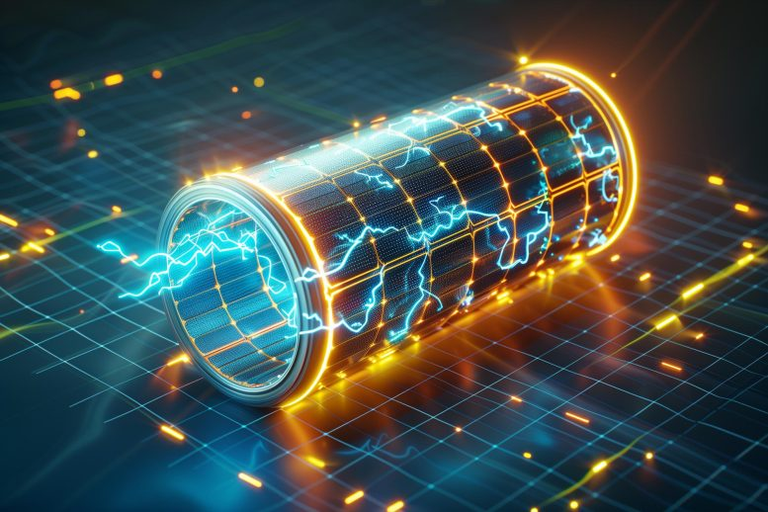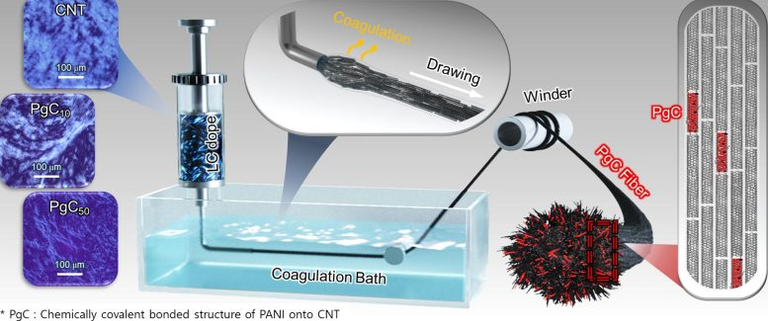Korean Scientists Introduce Next‑Generation Energy Storage Solution
A team of researchers from Pohang University of Science & Technology (POSTECH) and the Korea Institute of Energy Research (KIER) has developed a groundbreaking anode material that could transform the future of energy storage. Published in ACS Nano, their work overcomes key limitations of conventional lithium-ion batteries by combining nano-sized tin particles with hard carbon, resulting in a material that enables fast charging, high energy density, and long cycle life.
Traditional lithium-ion batteries use graphite anodes, which are limited by a theoretical capacity of around 372 mAh/g. This bottleneck restricts energy density and charging speeds. Tin, in contrast, offers a theoretical capacity nearly ten times greater. However, its use has been hindered by severe volume expansion—up to 260% during charge-discharge cycles—which leads to material breakdown and poor battery lifespan.
To solve this, the POSTECH–KIER team engineered a novel nanocomposite. They embedded ultra-small tin nanoparticles (less than 10 nm in diameter) into a microporous hard carbon framework. This structure, created through a two-step sol–gel and thermal reduction process, prevents the tin from aggregating and mitigates the expansion issue. Additionally, the tin not only stores lithium but catalyzes the formation of a reinforcing carbon layer and forms reversible Sn–O bonds, both of which enhance stability and capacity.
The performance results are impressive. In lithium-ion configurations, the new anode achieves a full charge in just 20 minutes and delivers about 1.5 times the volumetric energy density of conventional graphite anodes. It also retains over 90% of its capacity after 1,500 charge-discharge cycles—equivalent to roughly four years of daily use. Furthermore, the material shows excellent stability in sodium-ion batteries, making it attractive for large-scale grid storage applications where cost and resource abundance are critical factors.
This advancement could significantly impact sectors like electric vehicles (EVs), grid-scale renewable energy storage, and portable electronics. For EVs, it means faster charging and greater range without bulky battery packs. In the realm of grid storage, using sodium instead of lithium could reduce costs and reliance on limited resources. For consumer electronics, the improvements in energy density and durability could enable longer-lasting, faster-charging devices.
While the results are promising, the next challenge lies in scaling the technology for mass production. Factors such as manufacturing costs, industrial reproducibility, and integration with current battery systems will determine how quickly this innovation moves from lab to market. Nonetheless, the development marks a major step forward in the pursuit of safer, faster, and more sustainable energy storage solutions.
How might faster-charging, longer-lasting batteries reshape consumer habits around EVs, smartphones, or renewable energy storage?


https://www.reddit.com/r/news/comments/1lk0pej/energystoragesolution/
This post has been shared on Reddit by @hindavi through the HivePosh initiative.